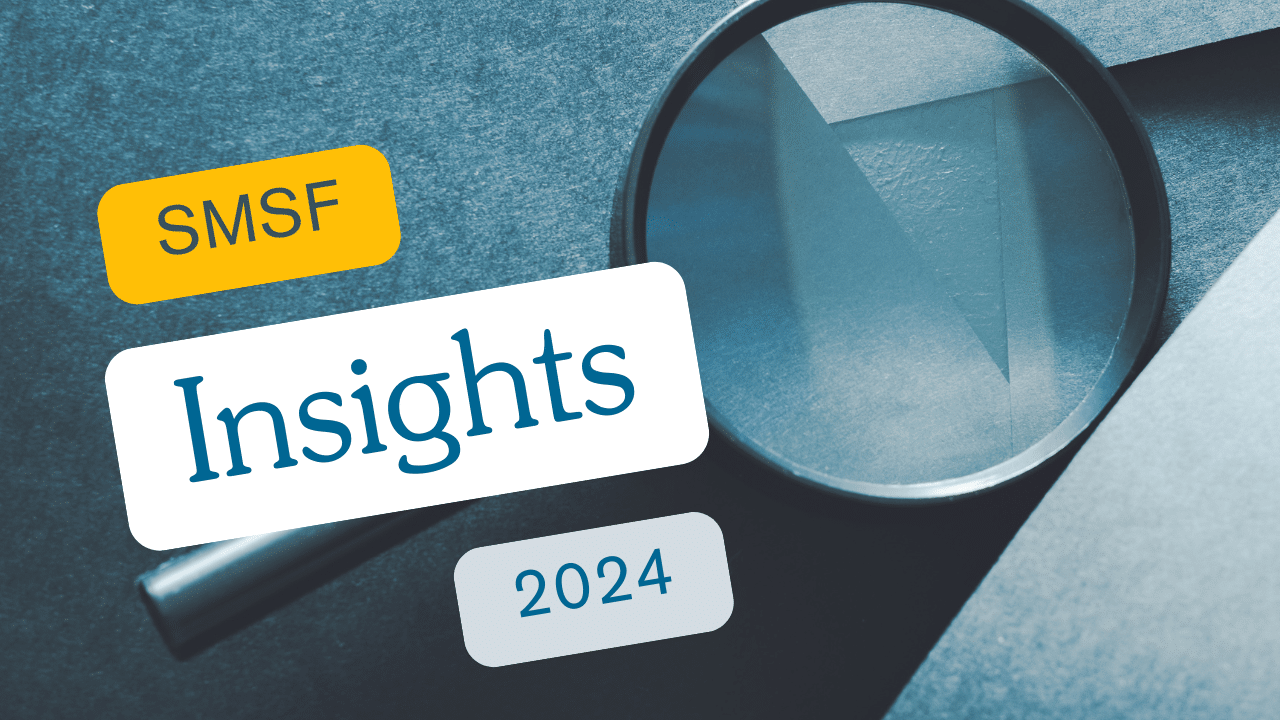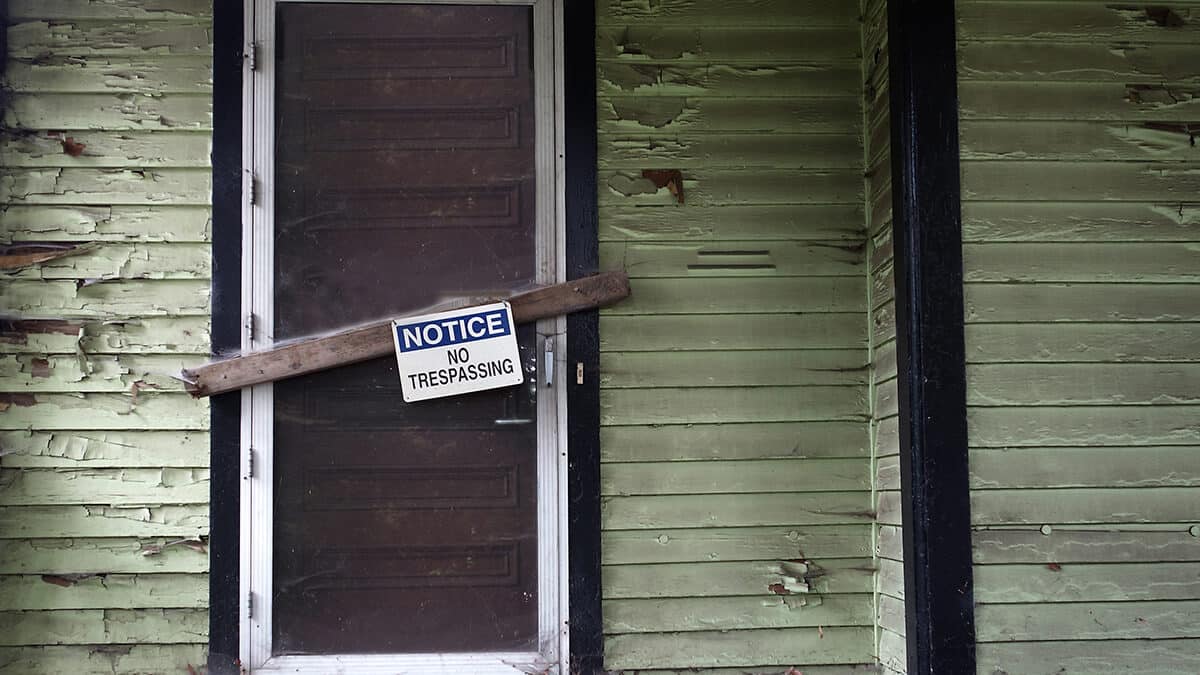In this guide
SMSFs have many advantages if you’re looking to save for your retirement and want to have a lot of say in what and how your savings are invested.
Unfortunately, they also come with a lot of trustee responsibilities to ensure you meet all the compliance rules and reporting requirements.
That’s where small APRA-regulated super funds (SAFs) come in. If you want to get hands-on with your super savings, SMSFs are not the only option.
SAFs are an often-overlooked option offering many of the same benefits as an SMSF, but without the heavy administrative burden that comes with being the trustee of your own super fund.
What is an SAF?
SAFs are a separate class of super fund and, like SMSFs, are limited to six or fewer members.
Unlike SMSFs, which are regulated by the Australian Taxation Office (ATO), SAFs are regulated by the Australian Prudential Regulation Authority (APRA), which is also the regulator of large public offer super funds.
Compared to most retail and industry super funds, SAFs are quite flexible. For some people, they actually provide a better alternative than their more popular sibling, the SMSF.
One of the key differences between SAFs and SMSFs is that the trustee of a SAF must be a professional licensed trustee company, rather the fund members being the trustee as occurs in SMSFs.
The professional licensed trustee company is required to obtain and hold a Registrable Super Entity (RSE) licence issued by APRA. Retaining a RSE licence is a complex and costly process, so SAFs are generally only available through large financial organisations.
As licensed trustee organisations providing SAFs offer a wide range of investments to fund members, they must also hold an Australian Financial Services licence issued by the Australian Securities and Investments Commission (ASIC). Read more about AFS Licences on the ASIC website.
Learn more about how SMSFs work.
Need to know: Residency and active member tests
Under super law, to be an Australian super fund, the fund must meet three tests:
- It must be established in Australia, or any asset of the fund must be situated in Australia
- Central management and control of the fund is ordinarily in Australia
- Active members who are Australian residents hold at least 50% of the fund value.
As the licensed trustee of a SAF is both incorporated and managed from Australia, it ensures the fund meets the central management and control test.
SAFs meet the residency requirement provided non-resident members do not make contributions to the fund. If they wish to contribute, they must hold less than 50% of the fund assets and other Australian residents must be making contributions to the fund.
Learn more about the residency test.
What does the licensed trustee do?
The professional licensed trustee in a SAF manages the fund on behalf of the fund members and is responsible for the compliance and administration of the super fund.
The licensed trustee is responsible for:
- Correctly establishing the SAF
- Undertaking all the necessary asset and super administrative tasks
- Monitoring the fund’s investments
- Completing all the fund’s annual reports and compliance checks to ensure it meets its legislative obligations
- Producing the fund’s accounts.
A SAF’s licensed trustee also ensures the death benefits of fund members are paid in accordance with valid death benefit nominations.
Learn more about death benefit nominations.
Need to know
Prior to 1 July 2021, SAFs were only permitted to have four or less members.
Following changes to the rules around SMSF membership numbers, from 1 July 2021 onwards SAFs are permitted to have six or fewer members in the fund.
Learn more about six-member SMSFs.
Would a SAF suit me?
SAFs may be suitable if you’re looking for a super option outside the large retail and industry super funds, but don’t want to take on the administrative and compliance burden that goes with an SMSF.
SAFs can be suitable for:
- People wanting control over their super savings without the responsibilities that come with being a fund trustee
- Elderly people with their own SMSF looking for an exit strategy other than a large publicly-offered super fund
- Older people concerned about their ability to run a compliant super fund if they lose mental capacity
- People concerned about what would happen if the key decisionmaker in their SMSF dies
- People intending to work or move overseas for a lengthy period
- SMSF members finding running their fund has become too difficult, but you have specific investment asset requirements (such as business real property, related trusts or loans)
- Someone wanting the ability to invest in SMSF-only assets (such as limited recourse borrowing arrangements and related trusts), but without the responsibility and burden of being a trustee
- Someone disqualified or ineligible from running an SMSF, but who still needs to hold existing SMSF assets (such as business real property, related trusts or loans)
- Families caring for an adult child with an intellectual disability
- Blended families.
According to SAF target market determinations, these structures are unsuitable for those:
- Seeking a guaranteed return of capital
- Who don’t have an SMSF or intend to set one up
- With short-term cash needs who don’t meet a condition of release
- With simple investment needs who don’t need access to a broad range of investments
- Who don’t have an adviser or are self-advised with an account manager to help transact of their behalf.
Good to know
SAFs are valuable for families caring for intellectually disabled adult children. A child with an intellectual disability is unable to be a trustee member of an SMSF, as under the law they are considered to lack mental capacity.
With an SAF, when the parent dies their death benefits can easily be paid to the child by the licensed trustee.















